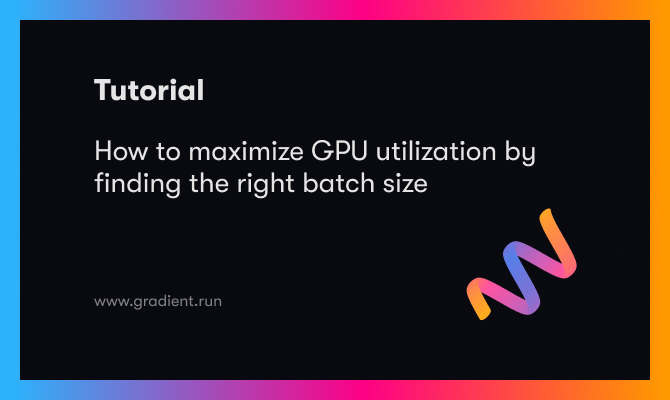Automatic Hyperparameter Optimization With Keras Tuner
Learn how to utilize the search algorithms of Keras Tuner to automatically get the best hyperparameters for Tensorflow models.
Learn how to utilize the search algorithms of Keras Tuner to automatically get the best hyperparameters for Tensorflow models.
In this tutorial, we cover an introduction to diffusion modeling for image generation, examine the popular Stable Diffusion framework, and show how to implement the model on a Gradient Notebook.
In this article, we will be taking a look at what exactly constitutes images in a digital space so as to try to better understand and handle them, and thus improve understanding of processes and concepts in computer vision in general.
In this guide we'll be pairing Gradient Notebooks with Roboflow datasets to run a training benchmark and compare training costs for YOLO object detection models across multiple GPU types.
We spoke with Alex Castrounis from the 1871 innovation hub in Chicago to learn more about the intersection of academic and enterprise-focused machine learning instruction.
In this article, we explore concepts related to convolutional neural network architectures with the intention of building our understanding enough to create and understand the capabilities of an AlexNet model, from scratch.
In this article, we looked at the basic elements of an end-to-end Automatic Speech Recognition pipeline, the major challenges encountered with these pipelines, and some of the potential solutions.
In this article, we take a look at 1 x 1 convolution not only as a down-sampling tool, but also its many other potential uses with convolutional neural networks, such as dimensionality reduction or adding non-linearity.
In this article, we examine the effects of batch size on DL model training times and accuracies, and go on to describe a methodology for finding the maximum batch size for any given task.
